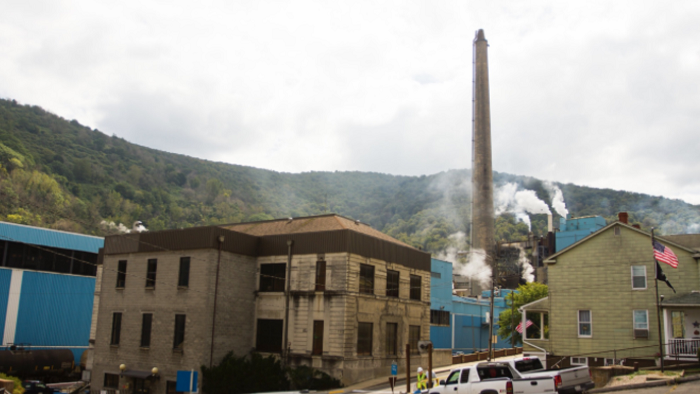
Verso Announces Reduction of Coated Free Sheet Capacity
What to consider regarding the closure of the Luke, MD paper mill.
Earlier this month, Verso announced plans to close their mill in Luke Maryland, taking 450,000 tons of coated freesheet out of the market. Travis Mlakar, President of Millcraft, offers some insight into the circumstances leading up to the closure.
Although it may have appeared the coated free sheet market was tight a mere six months ago, things are not always as they appear. Part of the market firmness is attributed to the closures of the Appleton and West Linn paper mills in 2017. By mid-2018, this reduction in capacity should have balanced out the market. Some of this just through the decline in demand but also through the influx of coated imports entering the market from Europe and Asia.
Yet we didn’t feel it in North America. Why? For two reasons, first, there was an artificial demand in the form of election printing that pushed apparent demand higher than what the normal secular decline would have shown.
Secondly, businesses were purchasing ahead of the coated free sheet price increase, whether their demand required it or not. This resulted in a market that appeared “tighter” and more robust than it actually was.
By December 2018, demand fell as it normally does that time of year, and companies realized that they were sitting on too much inventory. As companies evaluated their inventory positions in Q1 2019 (a time when historically demand is soft), they felt they needed to reduce inventory levels. This was true for merchants as well as web printers.
All of these issues forced Verso to look at the Luke mill.
“It is unfortunate that we had to make the decision to close the Luke Mill, but the continuing decline in demand for the grades of paper manufactured there left us no choice but to close this facility that has struggled with profitability for a number of years,” said Verso Interim Chief Executive Officer Leslie T. Lederer. “The company explored the possibility of producing alternate grades of paper products but the conclusion remained the same – we could not achieve profitability at the mill in today’s market environment. Consistently matching the supply of our graphic paper products with customer demand for these products, reducing our costs and rapidly diversifying our product portfolio into growing markets remain essential drivers for Verso’s long-term success, and we continue to vigorously pursue these objectives.”
What does this mean for our partners and what should you consider while making choices for your business?
- The market will continue to “right-size”. This change shows a high level of commitment from Verso to keep coated pricing where it is. Their willingness to take out 15% of their capacity to keep their other assets profitable and producing what the market needs supports this.
- Market availability, and pricing, will remain “firm”. Although we saw things loosen up at the beginning of the year, this closure, combined with the announcement from Georgia Pacific, and the anticipated changes on the horizon in Europe from Arctic Paper, Lecta and Stora Enso will keep the market “firm” from an availability and pricing standpoint.
- Trial new product lines to prevent service interruption. Although mills work through a lot of research for these changes and do trials on the replacement grades, we encourage you to reach out to your merchant partners to run tests. The Verso C1S litho and lower basis weight grades (60/70/80#), originally produced in Luke, MD, will move to other mills but with a different fiber and water supply, trials are a great way to prevent any surprises.
Stay close and connected with your merchant partner. Millcraft has been hosting “State of the Industry” events for about 18 months. We have talked about many of these upcoming closures, what it would mean for our partners and how to plan. Moving forward, stay close to your merchant partner. Have high level conversations, sit down and review your overall business, be transparent about the clients you want to protect and align with them to support your business needs for future growth.